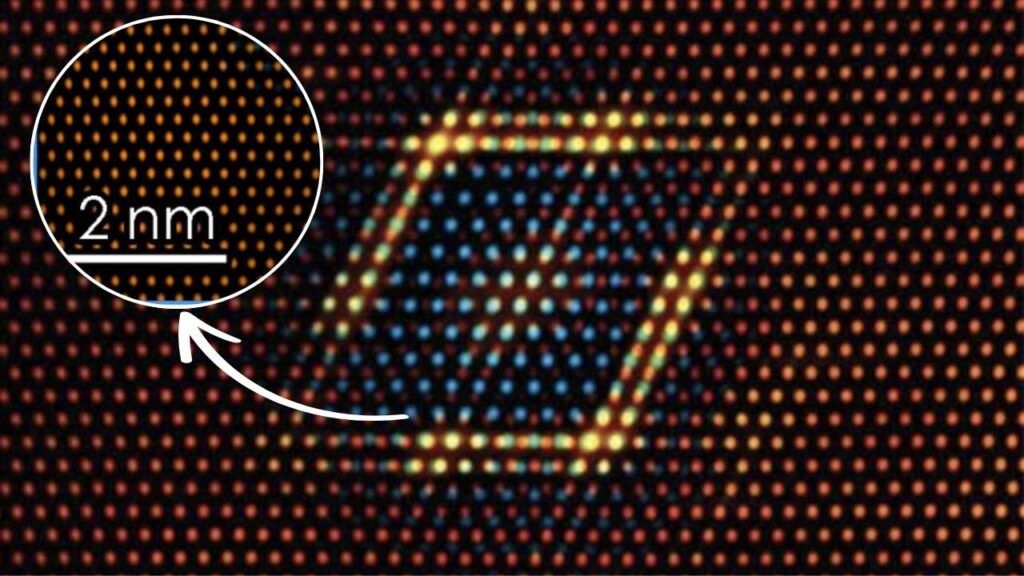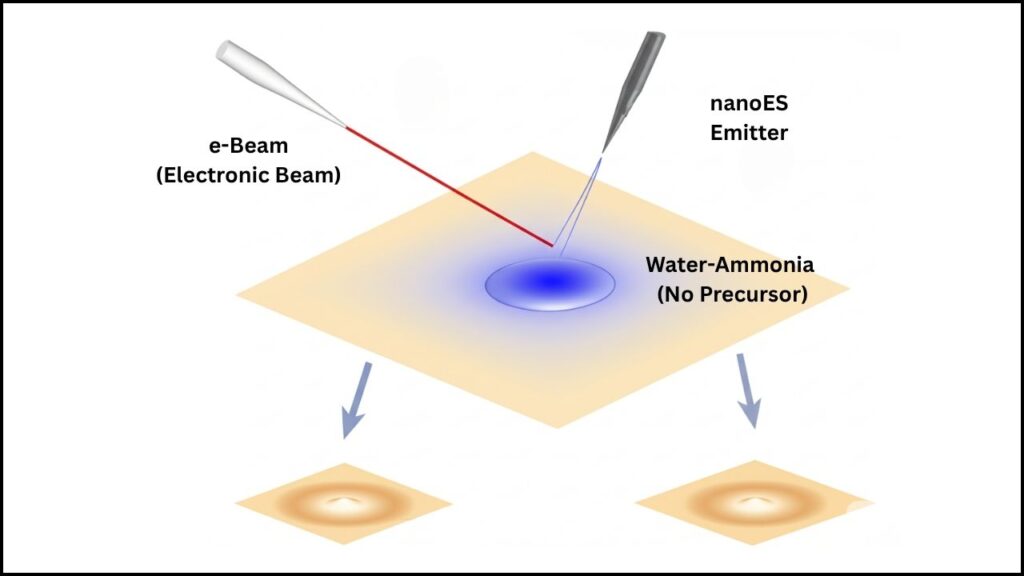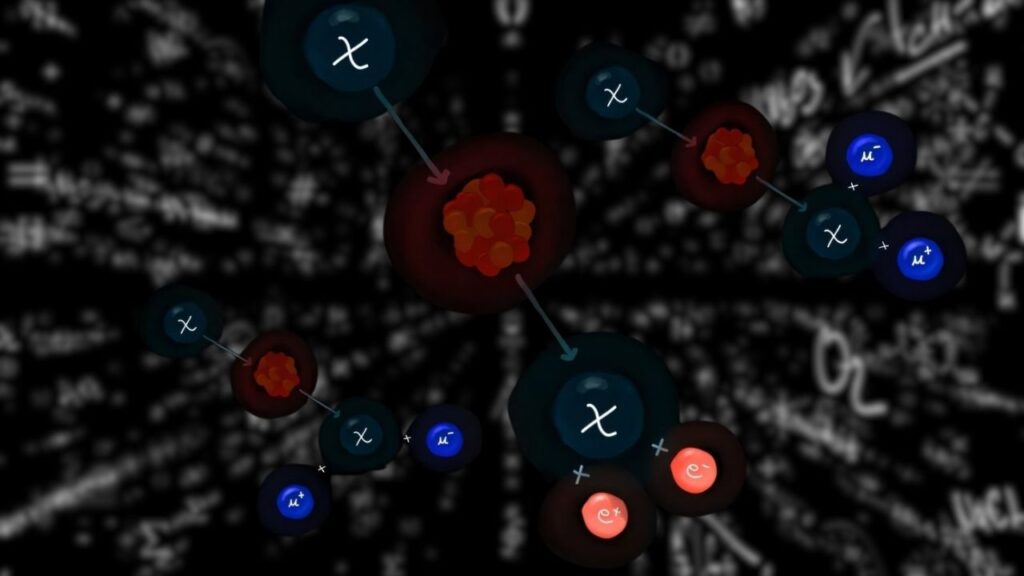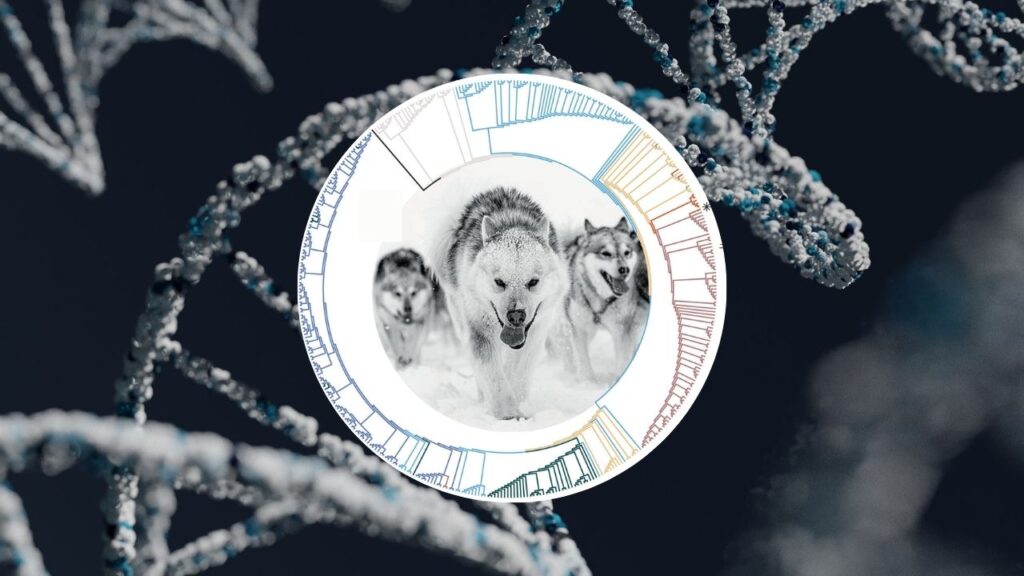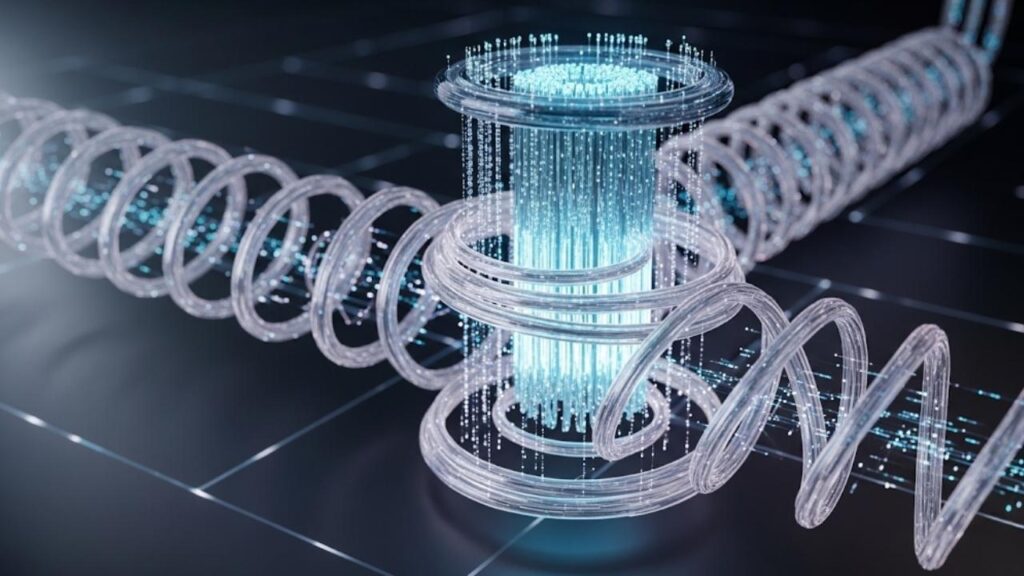On November 23, 2023, at 1:54 PM UTC, an astronomical event occurred that set the field of astrophysics buzzing. The LIGO-Virgo-KAGRA (LVK) gravitational-wave observatory network detected a signal from the merger of two black holes, each so massive that standard physics says they shouldn’t exist. The collision produced a new black hole with a total mass between 182 and 251 times that of our Sun—estimates typically settle around 225 solar masses—making it the heaviest black hole merger ever observed. The event, designated GW231123, raises big questions: How did nature make something our models say should be impossible, and what does this mean for our understanding of the universe?
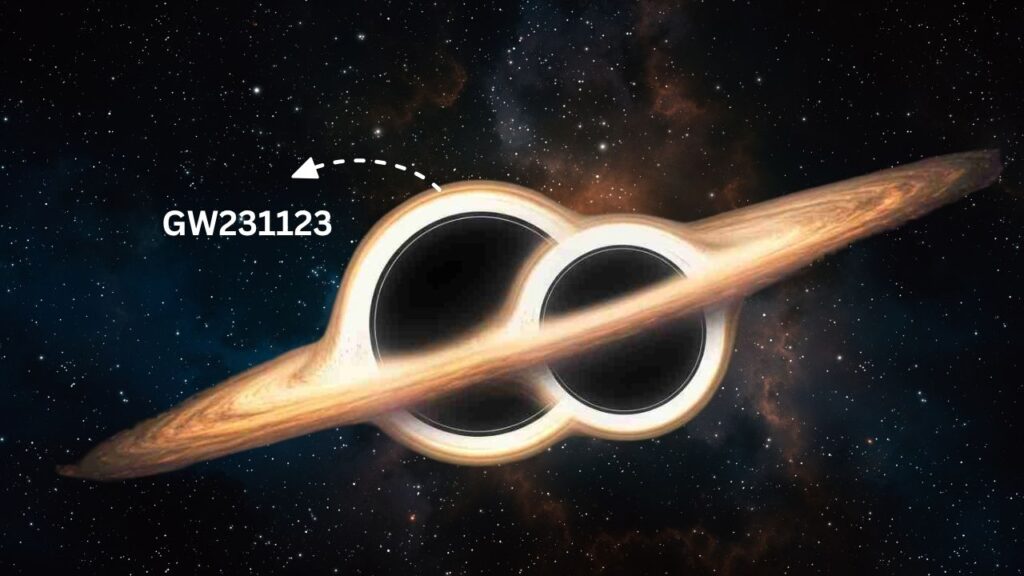
For those new to astronomy, black holes are regions where gravity is so strong that nothing, not even light, can escape. Most black holes we’ve seen in our galaxy are a few times to a few dozen times the mass of the Sun. But GW231123 is different—it’s a cosmic heavyweight, challenging our textbooks and pushing physicists to rethink black hole formation.
Table of Contents
This Black Hole Shouldn’t Exist
| Key Aspect | Details |
|---|---|
| Event Name | GW231123 |
| Detection Date | November 23, 2023 |
| Detectors | LIGO (USA), Virgo (Italy), KAGRA (Japan) |
| Black Hole Masses (individual) | Approx. 100 and 140 solar masses (best-fit; credible intervals may be broader) |
| Merger Product Mass | 225 solar masses (estimate range: 182–251) |
| Previous Record Holder | GW190521 (140 solar masses) |
| Spin | Both black holes are rapidly spinning, near the maximum allowed by Einstein’s general relativity |
| Redshift | Observed at a redshift of 0.39 (roughly 4 billion light-years away) |
| Significance | Both merging black holes fall in or near the “forbidden” mass gap (60–130 solar masses); their existence defies standard stellar evolution |
| Career Insight | The discovery highlights opportunities for astrophysicists, gravitational-wave researchers, and data scientists to explore new black hole formation channels |
GW231123 is a cosmic puzzle that delights and confounds astronomers in equal measure. It’s a reminder that the universe is stranger and more wonderful than our textbooks can yet explain. For scientists, this discovery is a call to action—to update our models, explore new ideas, and embrace the surprises that come with exploring the unknown.
For casual stargazers and future researchers alike, GW231123 proves that black holes aren’t just science fiction—they’re real, they’re weird, and they’re full of mysteries. As we build better detectors and refine our theories, we can expect more cosmic surprises—and more chances to rewrite the rules of astrophysics.
What Exactly Is the “Forbidden Black Hole”?
Black holes normally form when massive stars run out of fuel and collapse under their own gravity. But theory says stars that start between about 60 and 130 times the mass of our Sun usually don’t collapse into black holes at all. Instead, they explode in pair-instability supernovae—violent outbursts that rip the star apart, leaving nothing behind.
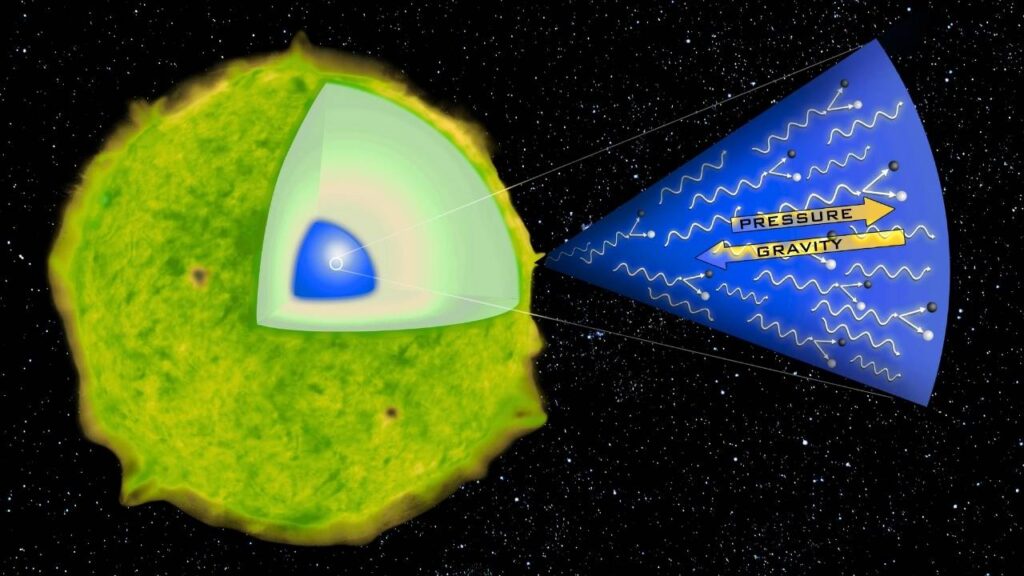
This creates a “mass gap”—a range of sizes where black holes are rare or absent, at least according to our best models.
Yet GW231123 is built from black holes that sit right in this gap. The smaller one (around 100 solar masses) is almost certainly in the gap; the heavier (around 140) is at the edge, possibly above it. That means at least one, and perhaps both, of these black holes “shouldn’t exist” if standard stellar collapse is the only way they form.
How Was GW231123 Detected?
Gravitational-wave detectors like LIGO, Virgo, and KAGRA use lasers and mirrors to sense tiny disturbances in space-time—ripples caused by massive cosmic events. On November 23, 2023, these detectors picked up a signal from a violent collision that happened billions of years ago. The signal, now called GW231123, is the first clear evidence of a black hole merger with a combined mass well above the previous record.
What makes GW231123 stand out is not just its size, but how it came together. Most black hole mergers detected by LIGO are much smaller, usually ending up around 20–60 solar masses. The previous record was set by GW190521, which created a 140-solar-mass black hole. But GW231123 is about 50% heavier—a true outlier.
Why Is This So Important for Astronomy and Physics?
GW231123 is a wake-up call for astrophysicists. It shows that nature can produce black holes larger than our models predict, even in a range thought to be “forbidden.” Here’s why this matters:
- Models of star death need updating. If these black holes didn’t form from a single collapsing star, how did they get so big? One leading idea is hierarchical mergers—smaller black holes merging, then merging again, building up mass over generations.
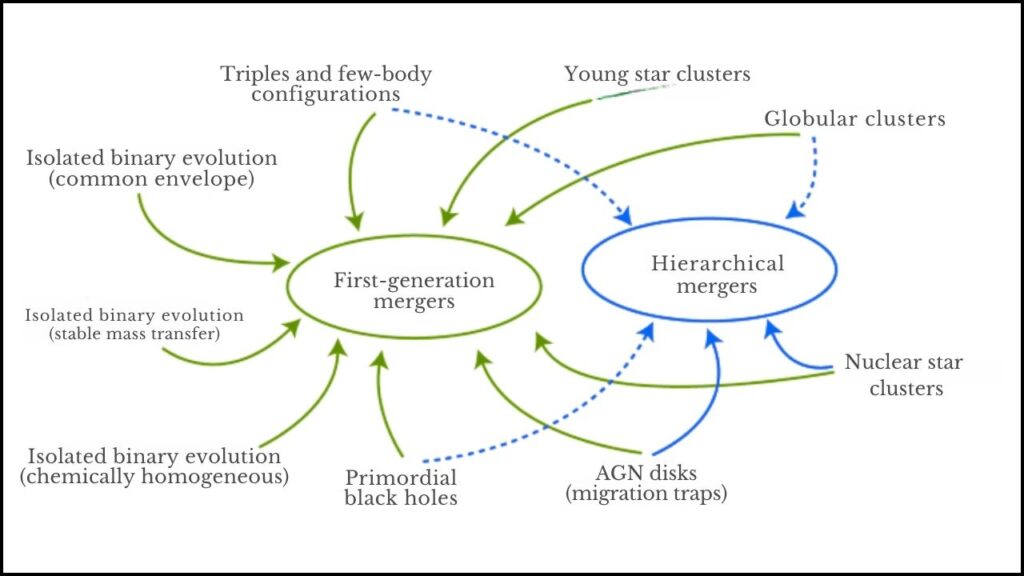
- Intermediate-mass black holes are real. Before this, we mostly knew about “stellar-mass” black holes (a few to 100 solar masses) and “supermassive” black holes (millions to billions of solar masses). GW231123 proves that there is a “middleweight” class—intermediate-mass black holes—and that they can form through mergers.
- Einstein’s theory still stands. The black holes in GW231123 were spinning at almost the maximum speed allowed by general relativity. Modeling such fast-spinning, massive mergers is tricky, but so far, Einstein’s equations still explain the data.
- Nature breaks the rules. Or, more precisely, nature finds ways to bend the rules we write. The standard picture of black hole formation is incomplete, and GW231123 is a signpost pointing the way to new physics.
What Are the Leading Explanations?
How did nature make these “forbidden” black holes? Scientists have a few ideas:
- Hierarchical mergers: In dense environments like galactic centers or globular clusters, black holes can merge multiple times, building up mass beyond what a single star can produce.
- Primordial black holes: Some theories suggest tiny black holes left over from the Big Bang could merge and grow over time, but there’s no direct evidence for this yet.
- Different early universe conditions: Maybe the environments billions of years ago allowed massive stars to avoid pair-instability supernovae, letting them collapse directly into black holes.
- Exotic stellar evolution: Perhaps there are rare, poorly understood ways for stars to avoid explosive deaths, skipping the “forbidden” gap.
Most experts think hierarchical mergers are the most likely explanation, but the mystery is far from solved. Every new detection like GW231123 helps us refine our ideas—and reminds us how much we still have to learn.
Astronomers Observe Largest Black Hole Merger Ever Recorded in the Universe
Scientists Use a Levitating Magnet to Search for Dark Matter — And It Might Actually Work
Think It Was a Black Hole? Scientists Say It Might Have Been Something Even Stranger
FAQs About This Black Hole Shouldn’t Exist
What is a black hole?
A black hole is a region of space with gravity so strong that nothing, not even light, can escape.
What are gravitational waves?
Gravitational waves are ripples in space-time caused by massive cosmic events, like black hole mergers. They were predicted by Einstein and first detected in 2015.
Why is GW231123 special?
It’s the most massive black hole merger ever detected—about 225 solar masses—and at least one of the merging black holes falls in the “forbidden” mass gap where black holes aren’t supposed to form from a single collapsing star.
What is the “mass gap”?
The mass gap (about 60–130 solar masses) is a range where black holes are expected to be rare or absent because stars in that range usually explode so violently that no black hole is left behind.
Is Einstein’s theory of relativity wrong?
No, general relativity still works. What’s challenged is our understanding of how stars collapse and how black holes form.
How do scientists detect black hole mergers?
They use gravitational-wave detectors like LIGO, Virgo, and KAGRA to sense the ripples in space-time caused by these mergers.
